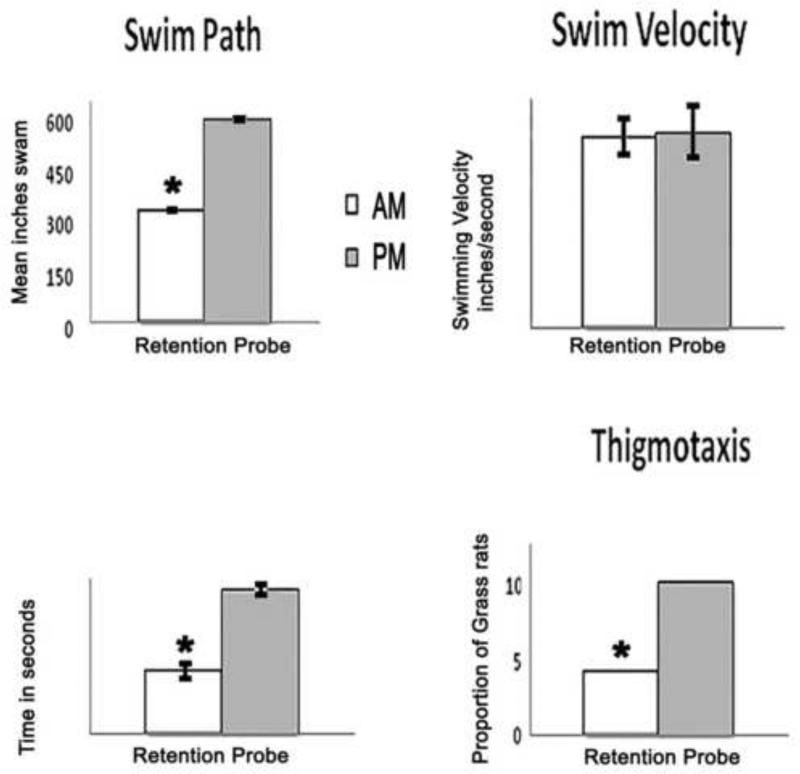Figure 3. Time of day effects on retention probe.
There was a significant effect of time of training on all measures except swim velocity, (t(22) =.256, P > 0.05) during the retention probe. Significant time of training effects were seen in swim path, (t (22) =50.30, P < 0.001) and latency to platform quadrant, ( t (22) =9.602, P < 0.001). AM trained grass rats were faster to the platform quadrant and had shorter swim paths than PM trained grass rats. Bar charts showing the mean (+ SEM) inches (swim path, upper left), inches/second (swim velocity, upper right) and seconds (latency to platform quadrant, lower left). Chi squared analysis revealed a significant effect of training time on the proportion of grass rats to engage in thigmotaxis (χ2(1,N=24) = 6.171, P< 0.01). Fewer AM trained grass rats engaged in thigmotaxic behavior than PM trained grass rats. Significant differences between AM and PM groups are denoted by asterisks.

